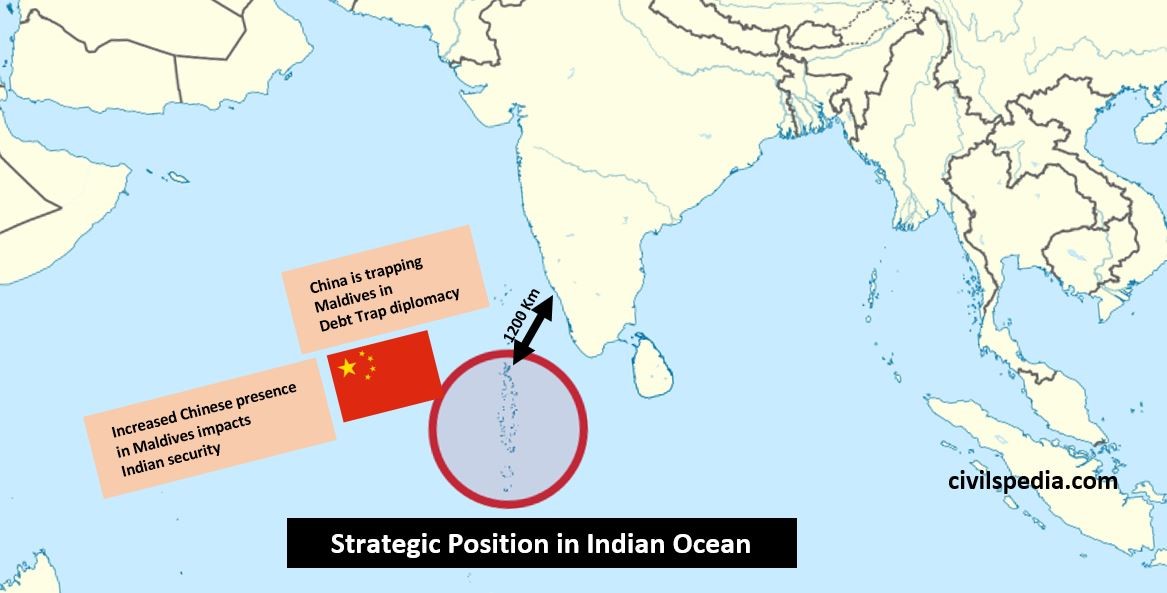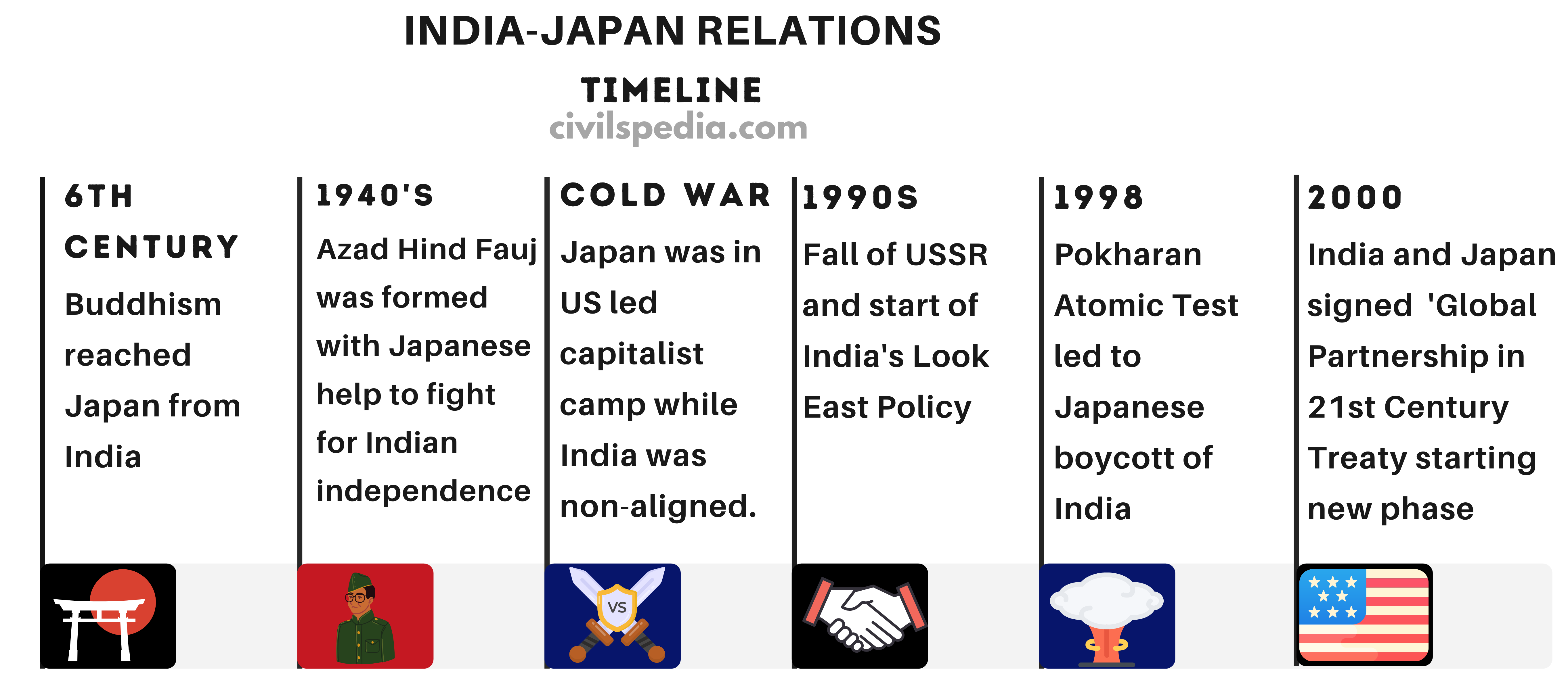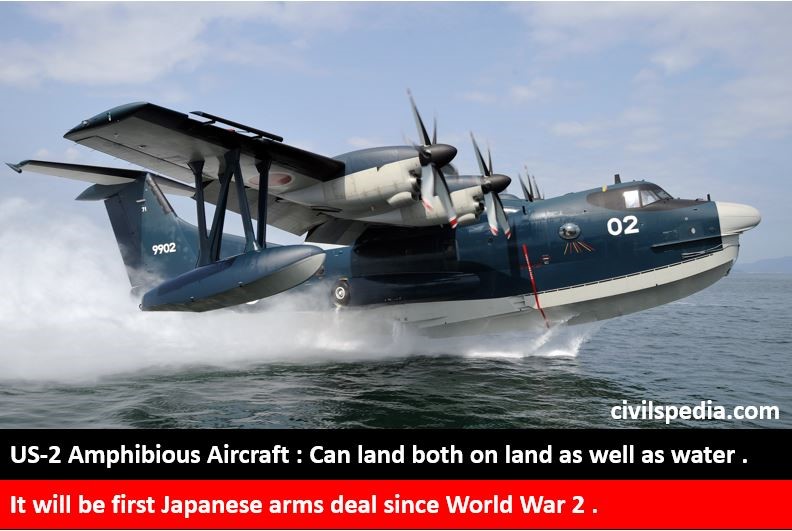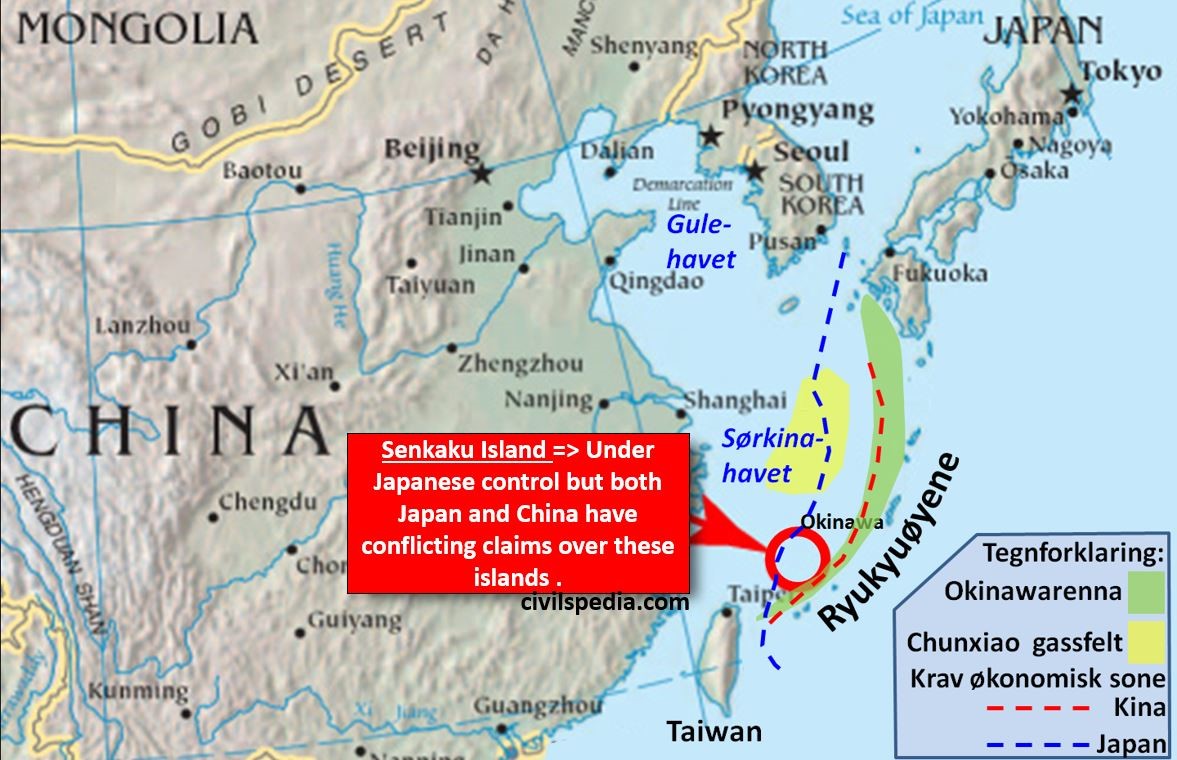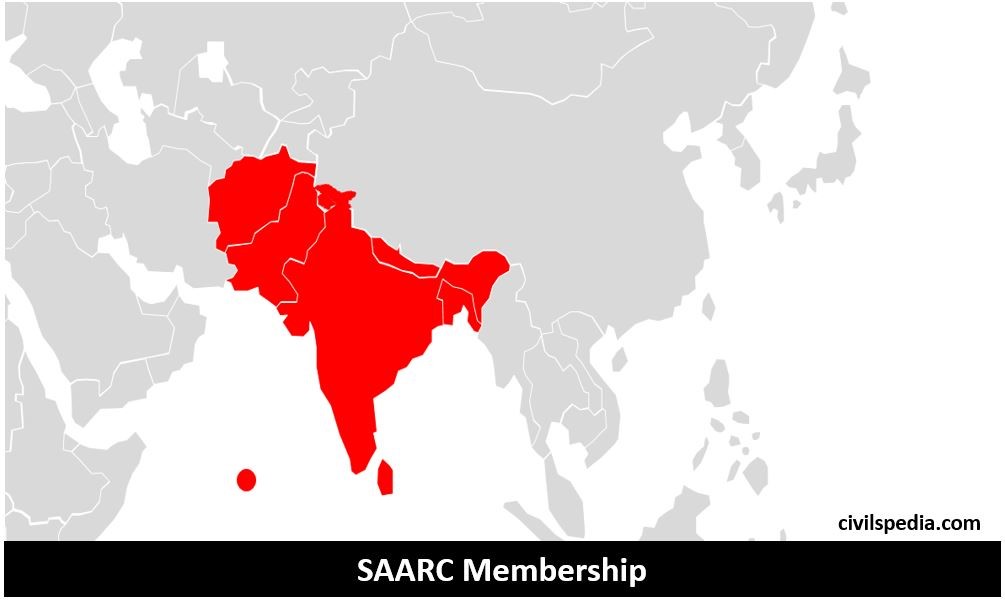India-UK Relations

This article deals with ‘India-UK Relations.’ This is part of our series on ‘International Relations’, which is an important pillar of the GS-2 syllabus. For more articles, you can click here.
Background
- India and the UK have a shared history of almost two centuries of the colonial period.
- Post-independence, India and the UK had cordial relations despite having bitter colonial ties.
- Relations were weak during the Cold War. UK’s close ties with the capitalist USA and India’s over-reliance on the USSR brought hiccups in relations. However, the rise of globalization in India and the expansion of economic trade brought these nations closer.

Importance of India-UK Relations
- Historical Ties: The UK and India share a long and complex history, with British colonial rule in India lasting for almost two centuries. The historical connection has created lasting cultural, linguistic, and institutional links between the two countries.
- Post-Brexit Bilateral Partnership: A strengthened bilateral partnership with India becomes crucial with the UK navigating the post-Brexit landscape.
- Indian Diaspora Contribution: 1.5 million people of Indian origin live in the UK. The Indian diaspora is gaining on both sides with employment opportunities and contributions to economies.
- Shared Interests on Global Issues: The UK and India find common ground on pressing international issues such as climate change and terrorism.
- Trade and Investment: Both countries have a vested interest in promoting trade and investment. Collaboration in sectors such as technology, finance, healthcare, and renewable energy can boost economic development in both nations.
Various aspects of India-UK relations
Trade
- India-UK bilateral trade stood at £36.3 billion during FY 2022-23. The trade balance is in favour of India.
Investment
- The UK is the 6th largest investor in India, while India is the 2nd largest investor in the UK. India has also invested heavily in the UK. This underscores a robust economic partnership between both economies.
Cultural Relations
- India and the UK signed a MoU on cultural cooperation in 2010, reflecting the commitment to foster cultural exchange and collaboration between the two nations.
Defence
- India and the UK conduct various defence exercises like Konkan Shakti, Passage Exercise, Ajeya Warrior, Himalaya Warrior, etc.
- Strategic convergence: Assertive China in the Indo-Pacific is a concern for the interest of both countries.
Health
- India and the UK successfully partnered to develop one of the first vaccines in the world to combat Covid. AstraZeneca, Oxford University, and Serum Institute of India came together to solve the international challenge.
Multilateral Collaboration
- Both India and the UK are members of the Commonwealth, G-20, International Solar Alliance
- UK supports India’s bid to get membership in NSG, MTCR, Australia Group and Wassenaar Agreement.
People to People
- Indian diaspora in the UK is the largest ethnic minority in the UK, constituting 3.1% of the UK population and contributing 6% to its GDP.
- Around 30,000 Indians study in Britain.
Challenges of India-UK Relations
- The closeness of the UK with Pakistan and China: The UK is overly close to Pakistan and has sided with Pakistan on many issues, including Kashmir, in the past.
- Colonial Legacy: Indians have anti-colonial resentment against Britain.
- Cairn Energy Issue: The Cairn Energy controversy, which is a British company, has negatively impacted the sentiment of British investors toward India.
- UK’s Immigration Laws: These laws limit people’s movement.
- Influence of the Labour Party on bilateral relations: The Labour Party in Britain has a hardcore left philosophy, and they have favoured protests against the removal of Article 370.








